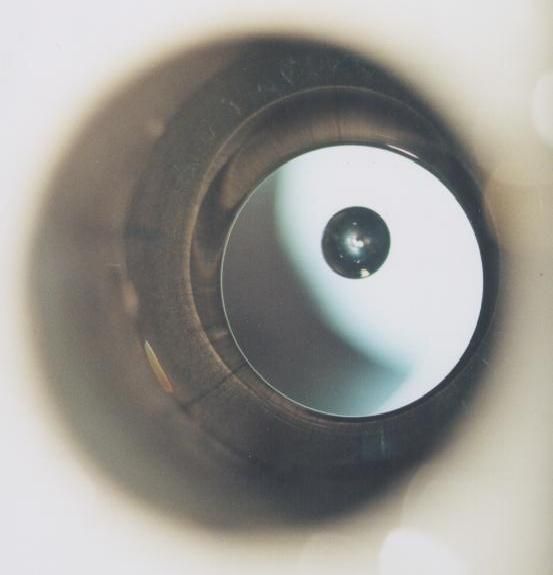SANTA BARBARA, CALIFORNIA — NASA scientist Philip Lubin is working on perfecting laser technology that could propel a light spacecraft to Mars in as little as three days.
In order for spacecraft to achieve faster speeds, Lubin proposes using an electromagnetic propulsion system that uses light and radiation, rather than the current fuel-based rocket propulsion system.
Photonic propulsion is a theoretical system that uses the energy and momentum from photons to move objects through space. According to Wired, when photons from a laser array reflect off an object, their energy is translated into a push that’s capable of moving objects like a spacecraft.
The system would currently work best with robotic spacecraft. According to Lubin, a robotic probe with a thin reflective sail could travel to Mars in three days. On the other hand, a manned shuttle could reach Mars in a month using the laser-based system. He estimates that lasers could accelerate spacecraft to 30 percent the speed of light, which was previously unheard of.
Using photonic propulsion, interstellar travel may be possible and sending a probe to Earth’s closest star, Alpha Centauri, could take as little as 15 years, reported Space.com.
In comparison, our current technology takes four to eight months to get to Mars. It took 37 years for the Voyager 1 spacecraft to reach the edge of our solar system.







